I wish to filter a data frame based on conditions in several columns. For example, how can I delete rows if column A = B and Column E = 0.

I wish to filter a data frame based on conditions in several columns. For example, how can I delete rows if column A = B and Column E = 0.
Logic index:
d<-d[!(d$A=="B" & d$E==0),]
Subset is your safest and easiest answer.
subset(dataframe, A==B & E!=0)
Real data example with mtcars
subset(mtcars, cyl==6 & am!=0)
Use the which function:
A <- c('a','a','b','b','b')
B <- c(1,0,1,1,0)
d <- data.frame(A, B)
r <- with(d, which(B==0, arr.ind=TRUE))
newd <- d[-r, ]